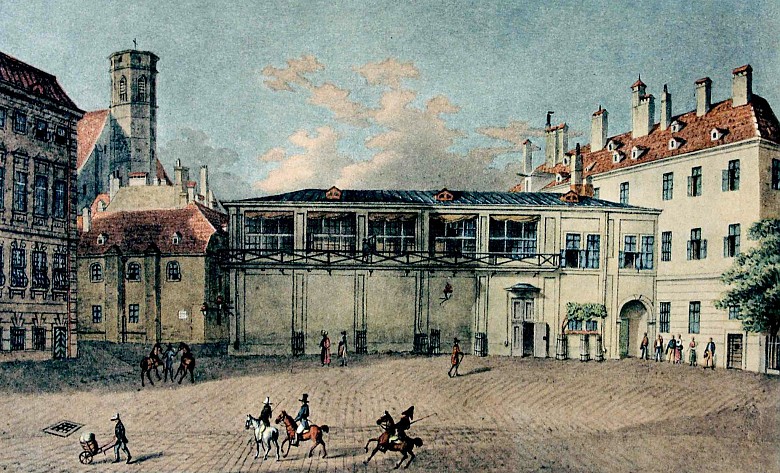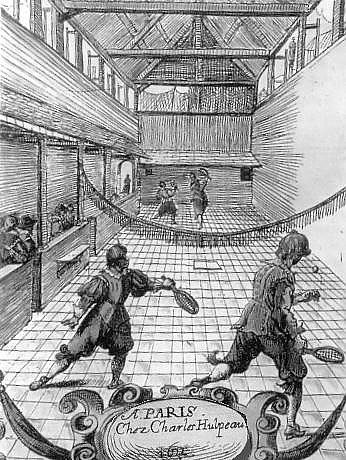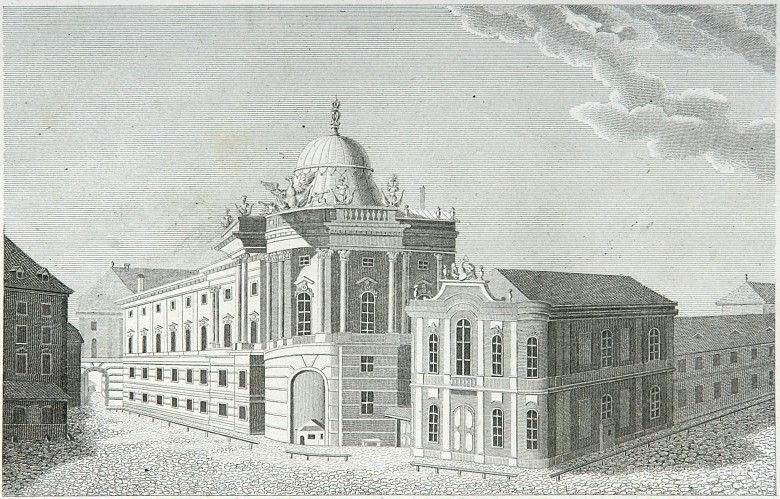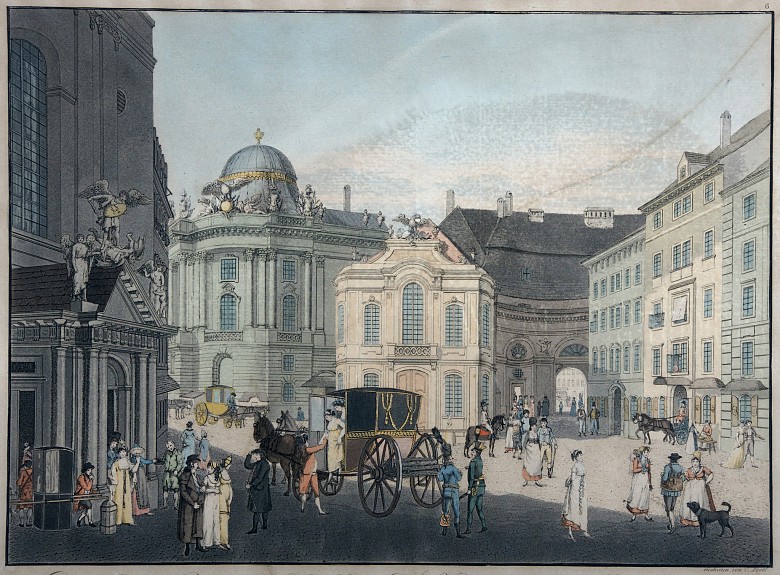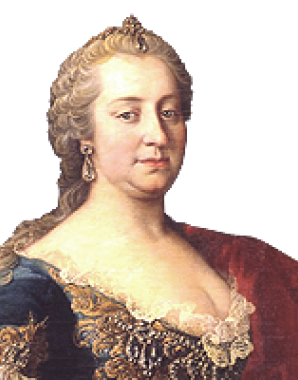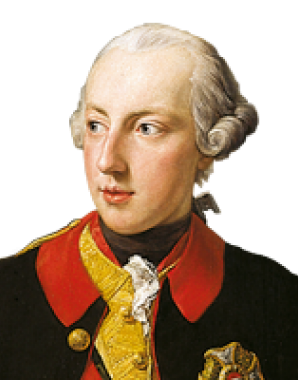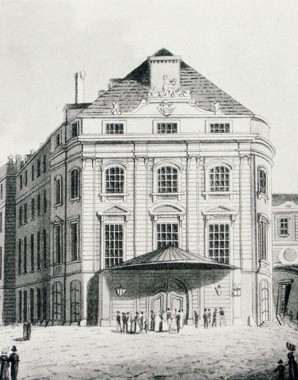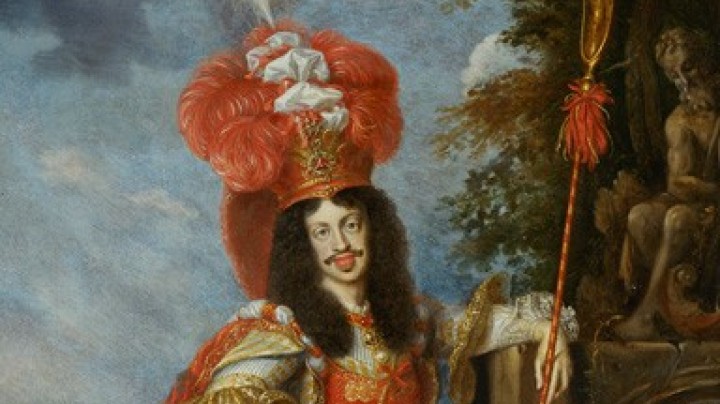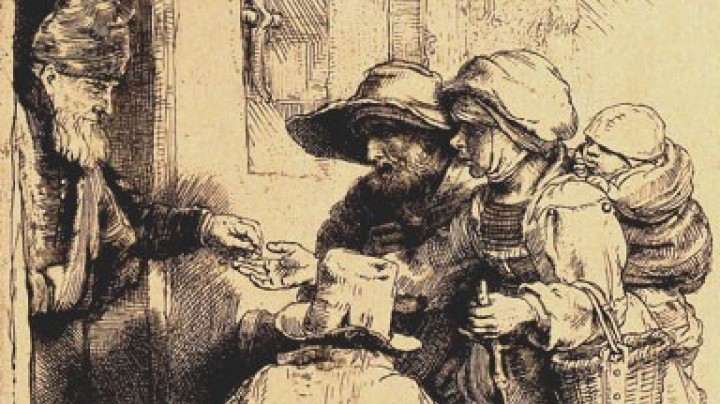From real tennis court to Court Theatre
Grand opera and theatre productions despite declining finances? A new form of management assures that the Empress can continue to enjoy her favourite forms of entertainment: she grants a lease on a disused real tennis court for use as a theatre.
Shortly after Maria Theresa ascended the throne an opportunity arose of setting up a theatre at minimal expense by granting a lease on the disused real tennis court at the Hofburg. This became known as the ‘Theatre beside the Burg’ or Burgtheater for short, and stood on Michaelerplatz. Dating from 1540, this building had been used for playing jeu de paume, a forerunner of lawn tennis, until the beginning of the eighteenth century. There was a total of four of these courts in Vienna, commemorated today in street names such as Ballgasse or Ballhausplatz. The interiors of these barn-like buildings were painted black, so that it was easier to see the white balls used in the game. Over time, all these courts were eventually converted into theatres.
Back in 1720, Charles VI had begun to assign the administration of the court theatres to lessees called Apaldatores who were subsidized by the court with fixed sums of money. His daughter continued this system and in 1741 granted a lease on the former real tennis court to the ‘entrepreneur of the court operas, serenatas and the holy tombs’, Carl Joseph de Selliers, ‘that he may furnish it as an opera house and theatre at his own expense’. The exterior and maintenance was the responsibility of the Hofbauamt (court office in charge of building works) and was to be ‘achieved at the expense of official court funds’..
Selliers was contracted "there daily to produce to the several diversion of the public and Her Majesty either an opera or a comedy, German or foreign, as requested by the Court, in return for which he may take payment, to be set by himself according to the differences in the seating, to be taken from the public to be admitted, and thus enjoy the use of the theatre."
In addition Selliers had taken a lease on the Kärntnertortheater, which he also ran himself.
From the construction accounts it is evident that the remodelling of the real tennis court, proposed by a partnership of aristocrats in 1748, during the course of which the Redoute ballrooms were also built, amounted to a complete rebuilding of the existing structure: 8,865 cartloads of rubble were removed and 198,240 bricks used. Work on the construction continued night and day, while performances continued to be given. In May 1748 the theatre – ‘most splendidly enlarged and decorated’ – was opened.
Selliers eventually became bankrupt, and the management of the theatre reverted to the court. Joseph II promoted the establishment of a national theatre that would serve the ‘Publico’ as well as merely courtly concerns.
